Home / Audio Loudness in Production, Mastering and Distribution: Insights from Professionals
You are currently logged in as an
Institutional Subscriber.
If you would like to logout,
please click on the button below.
Home / Audio Loudness in Production, Mastering and Distribution: Insights from Professionals
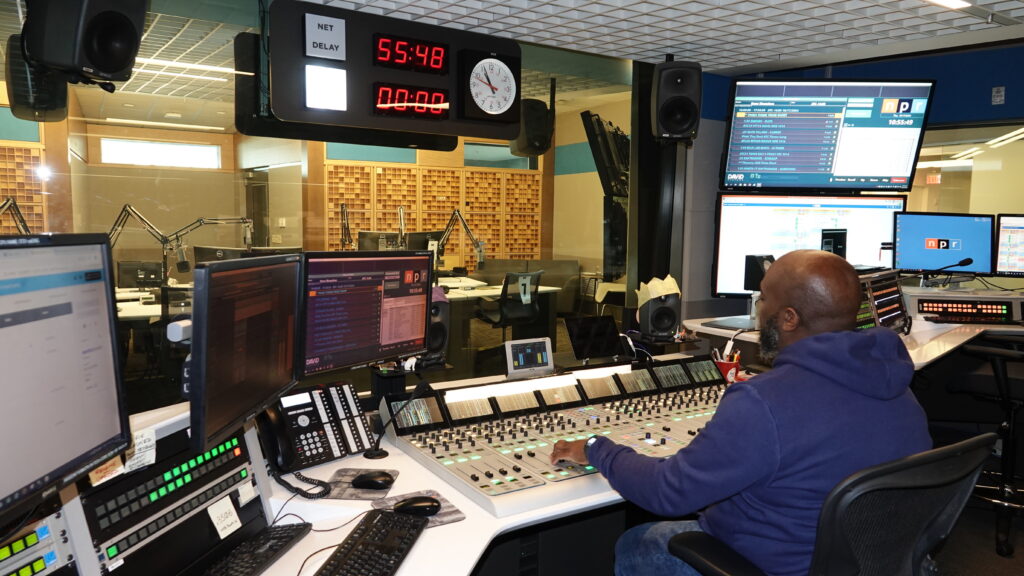
Modern audio creation relies heavily on technology to weave together the sounds of artists. A recent addition to this technological toolbox is audio loudness management. As discussed in the Loudness Basics section of this web site, loudness refers to the perceived strength or volume of the content, which is meticulously measured and adjusted to meet the specific requirements of content distributors.
In this section, we’ll explore how professionals integrate loudness awareness, measurement, and management into their production, mastering, and distribution workflows. We sent questions to experts and edited their answers for brevity, but the responses are all theirs!
The AES Loudness Website initiative was conceived and created under the auspices of the AES Technical Council’s Technical Committee on Broadcast and Online Delivery. Contributors to the project development include:
David Bialik
Co Chair AES TC-BOD / TOA Electronics
Robert Bleidt
Streamcrest Associates
Cornelius Gould
Angry Audio
John Kean
Broadcast Engineering Consultant
Scott Norcross
Dolby Labs
Jim Starzynski
NBCUniversal
Frank Wells
AES Past President / Consultant
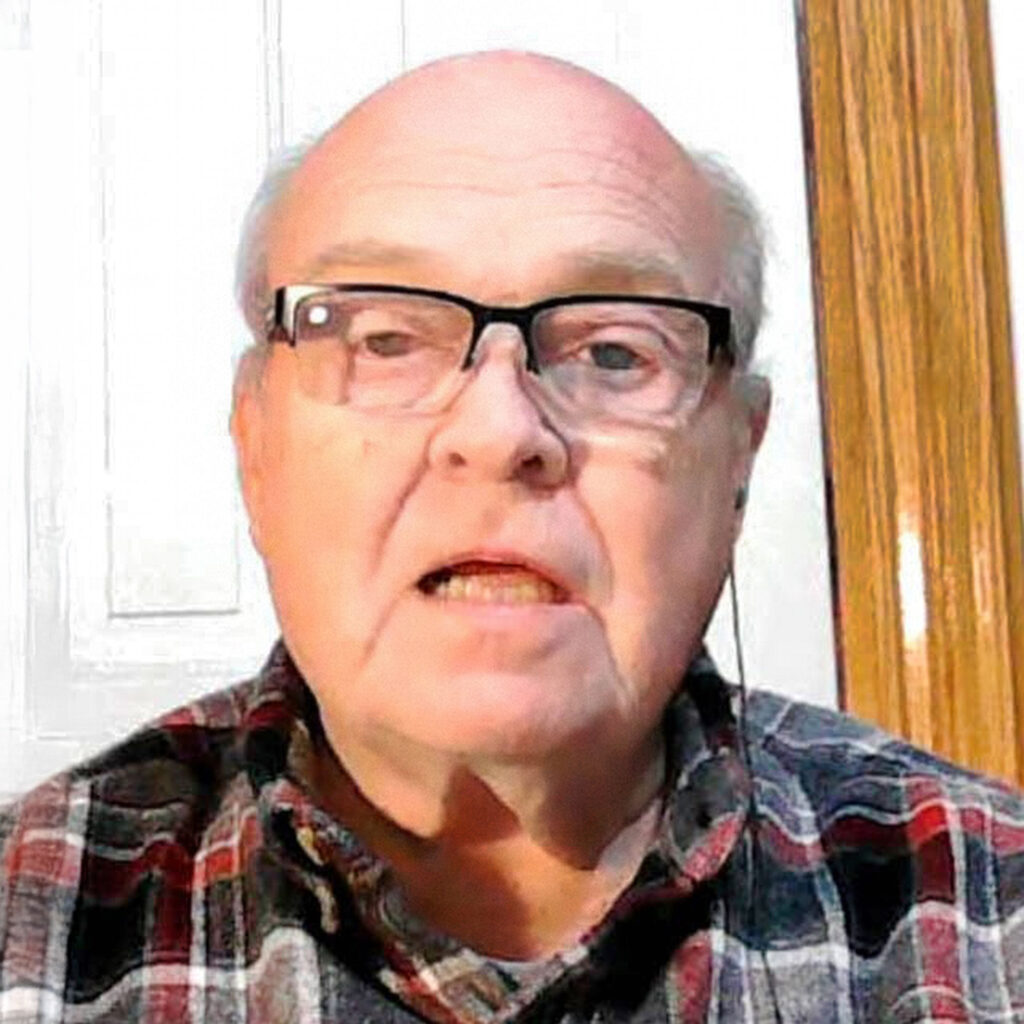
Chief Engineer, WFMT and The Radio Network, Chicago IL
Author and lecturer on audio and broadcast engineering
Gordon’s years of experience with classical music radio teaches that consistent loudness across the elements of program content is necessary to satisfy listeners, while maintaining the dynamic qualities of the content:
Regardless of program material, medium, or any stated goals and purposes, the common goal of all program delivery sources is to maximize the number of listeners. This applies to everything from sound systems in auditoriums to podcasts to radio and TV.
In order to get more listeners, those who are running the various delivery operations do many things to get more listeners. They will try to get the best programming they can while still trying to meet their goals. They will use various “gimmicks” to get people to listen (contests, audience involvement, etc.). They will invest in improved technology to put out the best signal they can. Some of the technology is used to modify the sound to get what they consider better “listenability” compared to their competition.
Even so, some broadcasters (all media, not just over the air broadcast) seem to continue to do things that reduce the number of listeners. One of those things is the failure provide consistent loudness throughout their program material.
Why is it important to maintain consistent loudness in programming? First, we must realize that loudness is not the same thing as level. Both are measured using a meter, but the meters are different. A level meter, regardless of type (VU, PPM, Peak) is looking at the voltage of the signal. A loudness meter, is looking at how the listener perceives the sound. For decades radio and TV stations have had level limits on their audio, but it has only been recently that any serious consideration has been given to loudness.
Maintaining consistent loudness does not mean that normal dynamics of the programming must be sacrificed, but the loudness must be consistent from one program element to another. Music, announcements, conversation, ads, and other elements should be consistent with each other. When the perceived loudness of those elements are inconsistent, the listeners oftenfeel that the broadcast is difficult to listen to, even if they do not fully comprehend why.
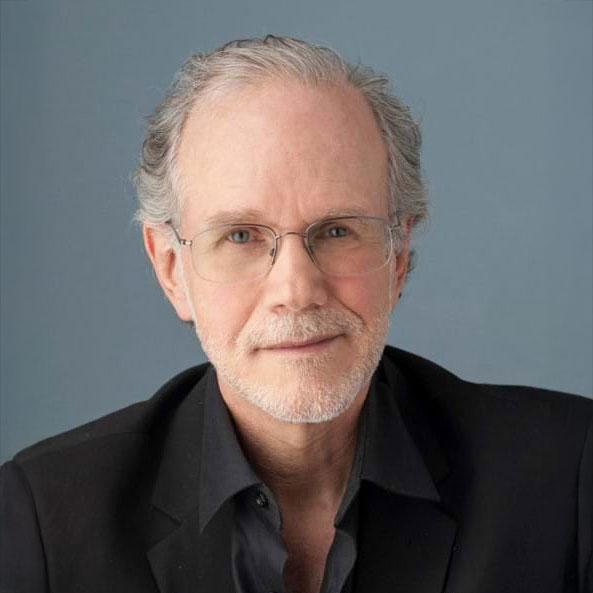
Digital Domain
Mastering Engineer: Polishing the Final Sound
Bob masters music for labels, bands and independent artists. His facility has a mix room where he and his mix engineers mix music in stereo and “a bit of 5.1”. The resulting content follows specific delivery specs requiring target loudness values:
Apple has specific requirements for loudness and true peak levels of Immersive delivery. No other streamer requires a specific delivered loudness level. Apple highly recommends that all stereo masters not exceed 1 dBTP but they will not reject recordings that exceed that value.
The majority of my popular music masters do not exceed -12 LUFS, with the median falling around -14 to -16 LUFS. Some (perhaps 10-15%) of my more acoustic album masters fall below -16 LUFS. Some of my classical music masters’ integrated loudness is around -20 LUFS or even lower.
He points out that when his client requests or requires a different loudness target, he will always conform to their request “because the client is always right.” However, recognizes that once the music is handed to a streaming entity that they may normalize to a different target that may be greater or less than the mastered content’s Integrated Loudness.
While he does not seek a specific loudness goal in his masters, an exception is producing masters for television, where the ATSC standards dictate a -24 LUFS Integrated Loudness.
Bob looks at Short Term Loudness as well as the Integrated Loudness over the full content:
I do [this] for the curiosity of how closely the measurements correlate with the listening. In many cases they do not. For example, the more dynamically compressed the material, the more that its integrated loudness measurement correlates with the listening experience. However, the more dynamic (higher loudness range) the material, the less that its perceived loudness center correlates with its integrated measured loudness.
I find that for the most part, the more dynamic the material, the more that the listener’s judgment of loudness center of gravity hinges on the loudest momentary passages and not on the long-term integrated loudness of highly dynamic material. For example, I can produce two record albums, one with, say, 20 LUFS integrated loudness and one with 16 LUFS, but both sound about equal to the listener, because the loudest momentary passages are about equal.
He uses the TC Electronic Radar meter. “I don’t rely on it, but it provides useful information as I prepare a master.”
While dynamic range is important, he goes by listening and never a measurement, such as the LRA (Loudness Range):
The numbers can be a useful indication of an extreme that I may have to pay attention to, given that I have a very quiet mastering studio. I like to see large LRA numbers in dynamic recordings, but not excessive. And since it depends on the music, I’m not going to cite a specific number.
There is both micro- and macro-dynamics. The listener reacts first to those short momentary peaks and if it correlates with the intended musical movement of the composition, finds them very pleasant. When dynamic compression squashes those peaks, something is missing, but the listener may not realize this except subliminally. I often work in ways that seem subliminal to most listeners. Of course, this depends a lot on the genre and the intent of the producer/creators.
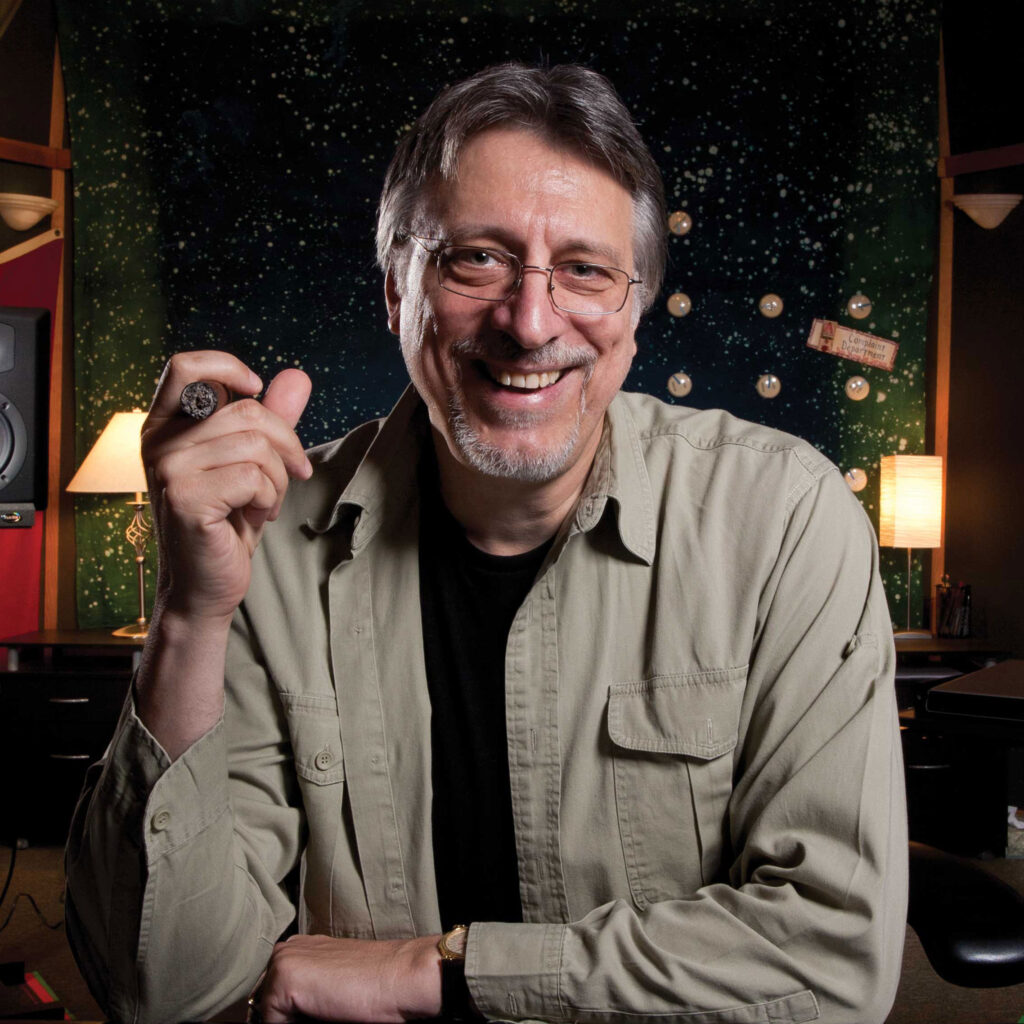
The Living Room – New York, NY,
Mastering Engineer
Founding Member, Music Engineering and Technology Alliance LLC
Frank focuses on how the loudness meter has simplified life for mastering engineers while avoiding poor results:
Ever since the advent of digital mastering those us who mix for a living have had to deal with a mind-numbing array of pseudo-standards, confusing algorithms, and a plethora of misinformation. Couple that with a blistering set of formats and hardware ranging from a ten-dollar earbud coupled to a cell phone, to a Wilson Audio two-hundred and fifty-thousand-dollar speaker system and you get the picture.
There really is only one way to insure you are mixing with any assurance of compatibility, and that is with a damn accurate digital meter across your mix bus. I personally mix to two stereo tracks simultaneously with an iZotope Insight 2 meter across each stereo bus. There are a number of great meters and meter plugs available; just be sure you don’t shortchange yourself here. A great loudness meter can provide you with a wealth of information that may surprise you.
Frank prefers his mixes to have more dynamic range, but realizes that artists are used to hearing louder, and more compressed versions:
Mix One is my master mix. I have the loudness meter is set at -16 LUFS. I have found that anything louder than this tends to compromise the stereo image for the sake of loudness. It’s a lot easier for the mastering engineer to go louder…not so easy to undo. -16 gives her plenty of room to play around.
My secondary mix buss is level enhanced to bring the mix to -11db LUFS. This is the mix I send to the artist, as it will allow them to compare apples to apples (and oranges to oranges). Usually, their rough mixes have an L2 or some such brick wall limiter on them and they are used to hearing their mixes that way…mastering levels of -10 to -12 LUFS.
I don’t want to print that hot, but I don’t want to lose the gig either. With this system in the end, everyone is happy, especially my wife.
I document the LUFS level, max peak level, and dynamic range in a spreadsheet after each mix. I can’t tell you how many times those numbers have alerted me to something wrong when my ears have fooled me into thinking I’ve just broken the sound barrier.
Get a life, but also get a dedicated meter! You won’t be sad you did.
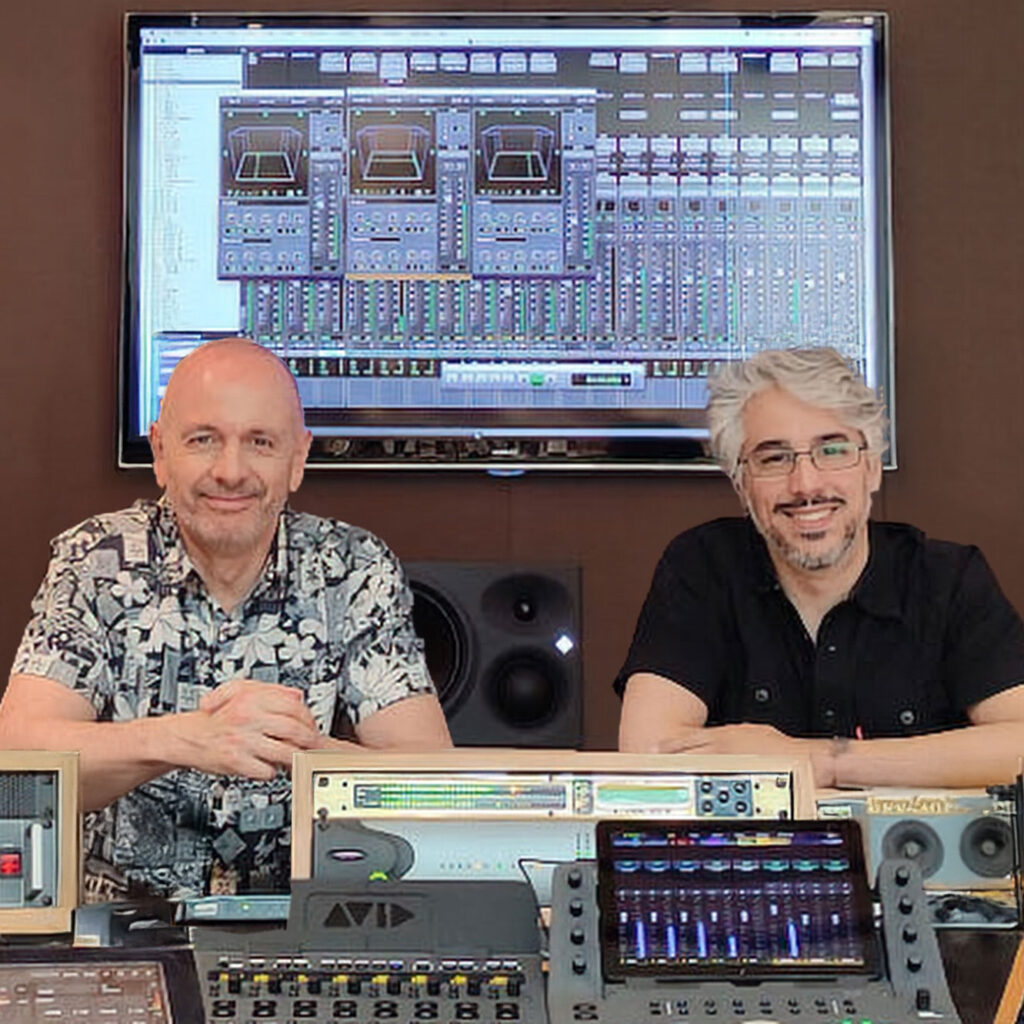
Mixing & Mastering Engineers, Producers –
Andres Mayo Mastering & Immersive Audio
Andres and Martin are music producers, mixing and mastering engineers, both in stereo and immersive audio. To maintain dynamic,s they practice moderation in target integrated loudness, with occasional exceptions.
Our usual loudness and peak level specifications when mastering music for digital distribution are -14 LUFS integrated loudness and -1 dBTP, but that may vary depending on the music genre. We have delivered masters at -8 LUFS integrated per client’s request.
Only when mixing/mastering projects for broadcast or video streaming, are there very strict specs (set by the streaming platform or the broadcasting company) that we need to meet.
Sometimes, a client may ask that the master of his song meets a certain target loudness. But most of the time, this is based on some information they gathered from internet, and it’s not supported by any deep knowledge on the matter.
Similar to Bob Katz, they do not work toward a specific loudness target (normalize) on a song-by-song basis:
We don’t loudness-normalize, except in very rare cases, if specifically asked to by a client.
We measure both integrated loudness and use a short-term measurement, but we are mostly concerned about the integrated loudness over the duration of the content and the true peak measurement.
Normalization brings an artificial component to the music that tends to make it sound unnatural and less dynamic than it could, therefore we try to avoid it as much as possible. It is true that many artists are mostly concerned that their song will sound as loud and competitive as any other mainstream song in a playlist, but there are ways of achieving this without normalization, i.e. without any “automatic” digital processing. Listening environment is a factor indeed and could be one of the only reasons to justify normalization, i.e. when content is intended for a very noisy environment.
Their mastering has loudness metering as part of their workflow:
We use Waves’ WLM Plus meter and we tried others, like the Dynameter, complemented with an intersample peak meter and most of the times also a True Peak controller/limiter. At any given moment, the short-term reading helps to know where the average loudness is sitting.
“Casual glance” pretty much describes our attention to the metering. When you get used to your monitoring system, you know where you are standing in terms of loudness almost without any visual cue.
Dynamic range is a consideration in their content:
Dynamics is very much related to the genre, as it’s part of the artistic expression. It certainly helps to increase the emotion and enhance the perception of the music as it was composed and performed, especially when playing acoustical instruments.
Compromise is indeed called for. Some delivery formats such as vinyl are highly demanding in terms of dynamic range limitations and saturation can occur very easily. In such cases, the overall balance and integrated loudness are treated very differently, compared to the digital master.
As noted above, they realize that normalization may be in use, but they emphasize that it should only be across the song in an album:
Most of the times, the listeners are unaware that loudness normalization is activated in their playback systems, but it is true that a lot of people listen to music in less-than-ideal environments. In those cases, loudness normalization (in playback) really helps to enhance the listening experience. It is important, though, that loudness normalization is achieved only by adjusting gain linearly and transparently, and not compressing, limiting or modifying the audio signal in any other way. Also, the relative level of the songs within an album should be untouched (Album normalization instead of Track normalization).
Ultimately, we think it’s a good thing that loudness normalization is an option in most apps, and that it would be best if all streaming services agreed on the same target loudness.
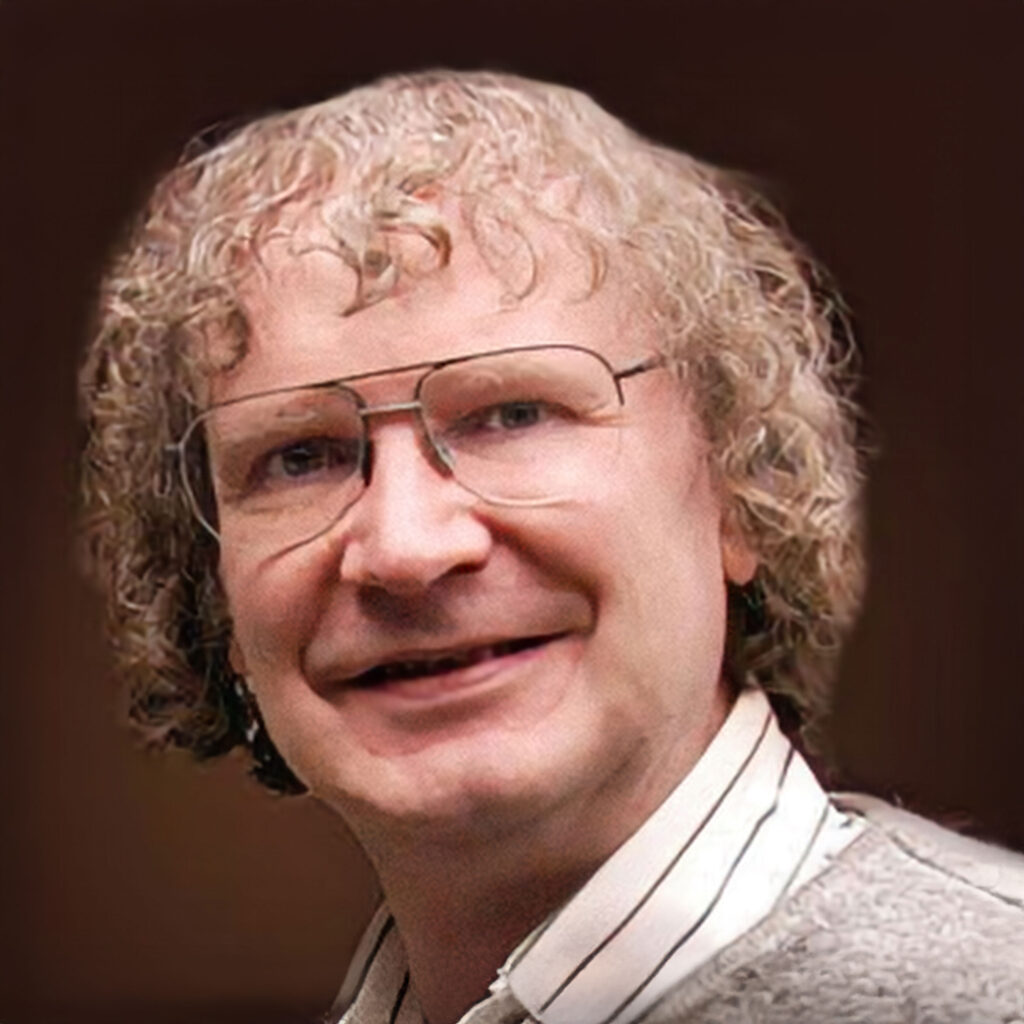
Chief Engineer, Orban Labs, Inc.
Audio engineer in broadcasting and professional recording fields
Bob is the developer of many innovative and highly regarded audio processors used by radio, television and recording facilities. He lends his expertise on the subject of dynamic range control, which is an important part of managing audio loudness for distribution of content to listeners.
Dynamic Range Control in audio codecs is the process of continually adjusting audio signal level at the player to reduce the loudness difference between loud and soft passages. This can help overcome noise in the listening environment, meet the dynamic range capability of the playback equipment, and/or cater to a given listener’s preferences.
The term “dynamic range control” typically implies that the codec’s encoder generates the gain control signal as metadata and that the player device’s decoder acts on this metadata, though not all codecs support DRC metadata. Depending on the codec, generating DRC metadata at the encoder may allow content providers and distributors to specify dynamic compression profiles congruent with their artistic preferences.
Metadata-driven DRC is non-destructive: The player receives the source material with its original dynamic range intact, and dynamic range reduction occurs in the player under metadata guidance. Playback devices may automatically adjust DRC to accommodate environmental noise and the available SPL range of the transducer device, and may allow users to control the amount of dynamic range reduction.
The ANSI/CTA-2075 standard explains in considerable detail how different codec designs [specifically MPEG-D DRC, AAC Metadata, (E)AC-3, AC-4, and DTS-(U)HD] generate and handle DRC metadata. Included in CTA-2075 is a detailed block diagram of a typical audio playback system in a consumer device and parameter lookup block encompassing this standard, as well as showing inputs to the decoder’s parameter lookup block for loudness and DRC control. Readers are encouraged to refer to CTA-2075 for more detail.
While the process of continually adjusting audio signal level at the player to control the loudness difference between loud and soft passages can also be described as “dynamic range compression,” that term is more commonly used when a single device (like the player) generates the gain control signal from an internal algorithm applied to the incoming audio and does not exploit DRC metadata. Conversely, to meet artistic goals some providers apply dynamic range compression and other audio processing during encoding. This is often termed “radio-style” processing. Unlike player-side dynamic range control or compression, radio-style processing irreversibly changes the dynamics of the source material to achieve source-to-source consistency and compatibility with all players, including those that cannot respond to DRC metadata.
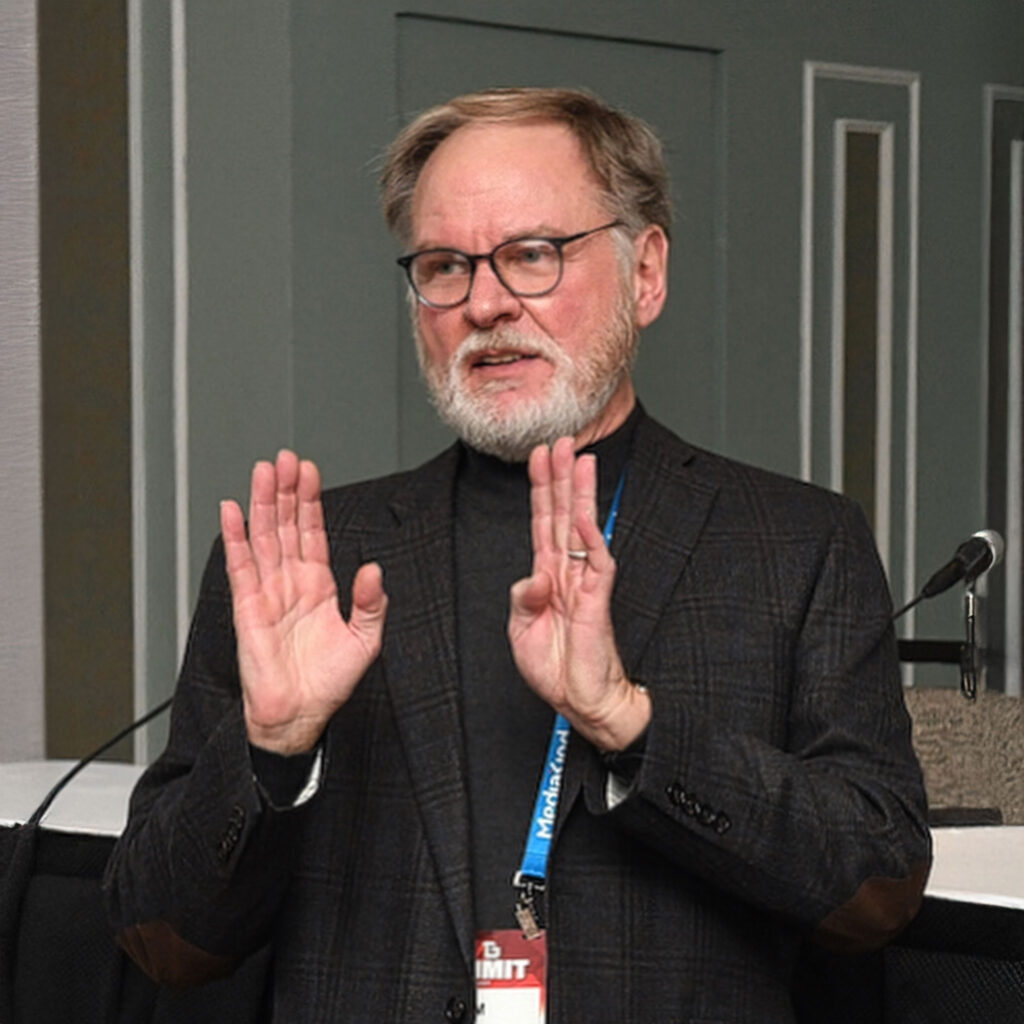
Director and Principal Audio Engineer • NBCUniversal
Chair: AES Audio Guidelines for Over-the-Top Television and Video Streaming (AGOTTVS) and AES71 2018 Recommended Practice Loudness Guidelines for Over the Top Television and Online Video Distribution
Jim is an expert in audio for television and video streaming audio content. He submitted this written narrative on the importance of loudness metrics for audiences of these services.
Loudness impacts the media we listen to and watch on a daily basis. Audience loudness complaints go back to early days of television and loudness irked us again during the analog to digital television transition. An extreme increase in dynamic range, a new and unfamiliar audio system, a lack of guidelines along with a rapid need to get digital stations on the air created a perfect storm of loudness trouble for TV engineers and audiences around the world.
Fortunately, experts took swift action as government officials observed a mounting problem. These actions led to the development and implementation of a globally accepted loudness standard known as ITU R BS.1770, with its LKFS and LUFS values recognized by TV professionals as the essential measurement tools for successfully managing loudness for the shows, ads, events, games and movies that we regularly enjoy.
In 2021, the AES Technical Council and Standards Development Body addressed head-on the familiar loudness difficulties that were spreading to online audio and television distribution. With the organization’s global reach, audio colleagues from around the world quickly assembled to collaborate in an urgent effort to create guidelines for on-demand and internet delivered music, television, podcasts, radio and the like.
Thankfully, with BS.1770 loudness measurement already perfected and successfully used for television, AES members were able to leverage these practices and associated standards for much of their work. However, specific and additional needs caused by the limitations of online distribution chains and device players along with a sea-change in the way music is acquired became the focus of the working groups.
I’m pleased to report that the loudness work AES stakeholders have performed is making another positive impact on listeners, but this time on those that have made the step to consuming their TV, radio, podcasts and music online and perhaps even with the help of digital assistant and smart speaker.
The work always continues but we all can be pleased knowing that industry experts have gone the distance to make certain that artists and audiences alike will benefit from their expertise, technical collaborations and recent achievements to improve the audio that we as both professionals and consumers cherish and enjoy.